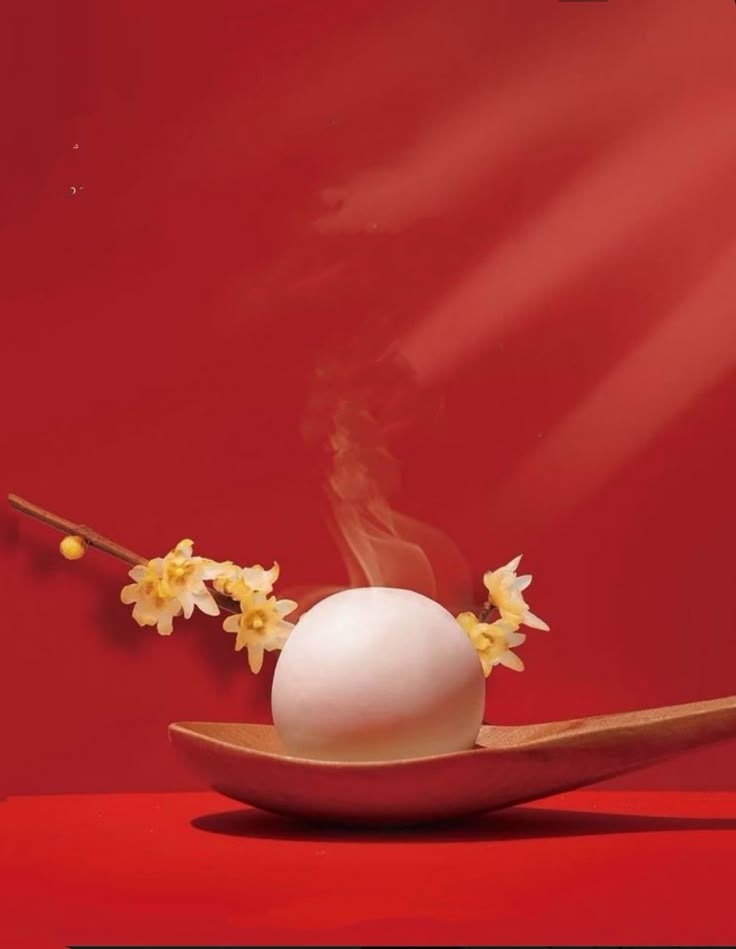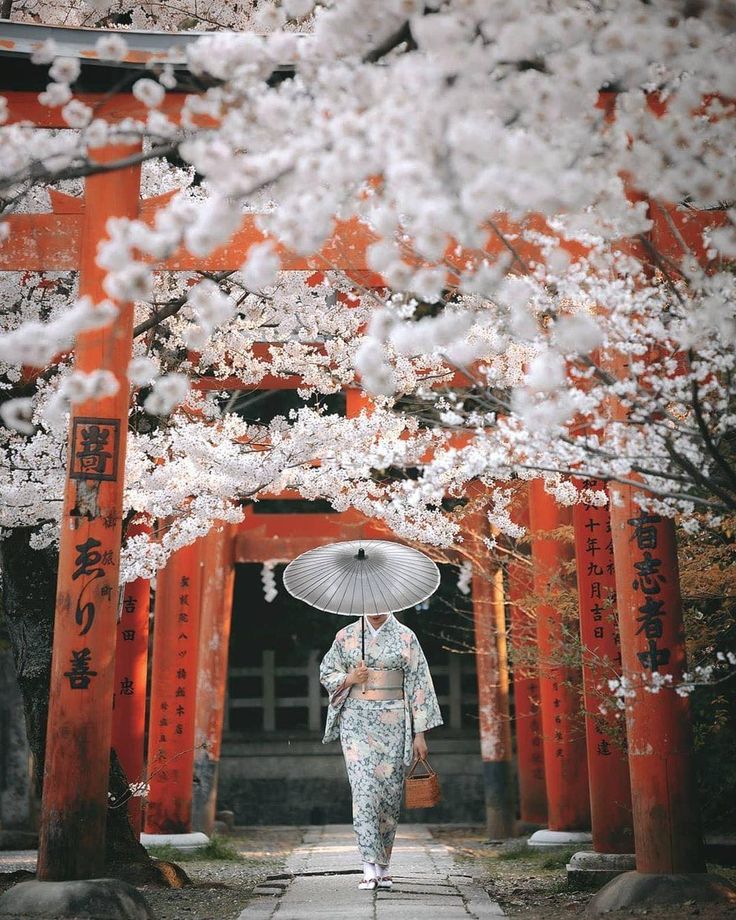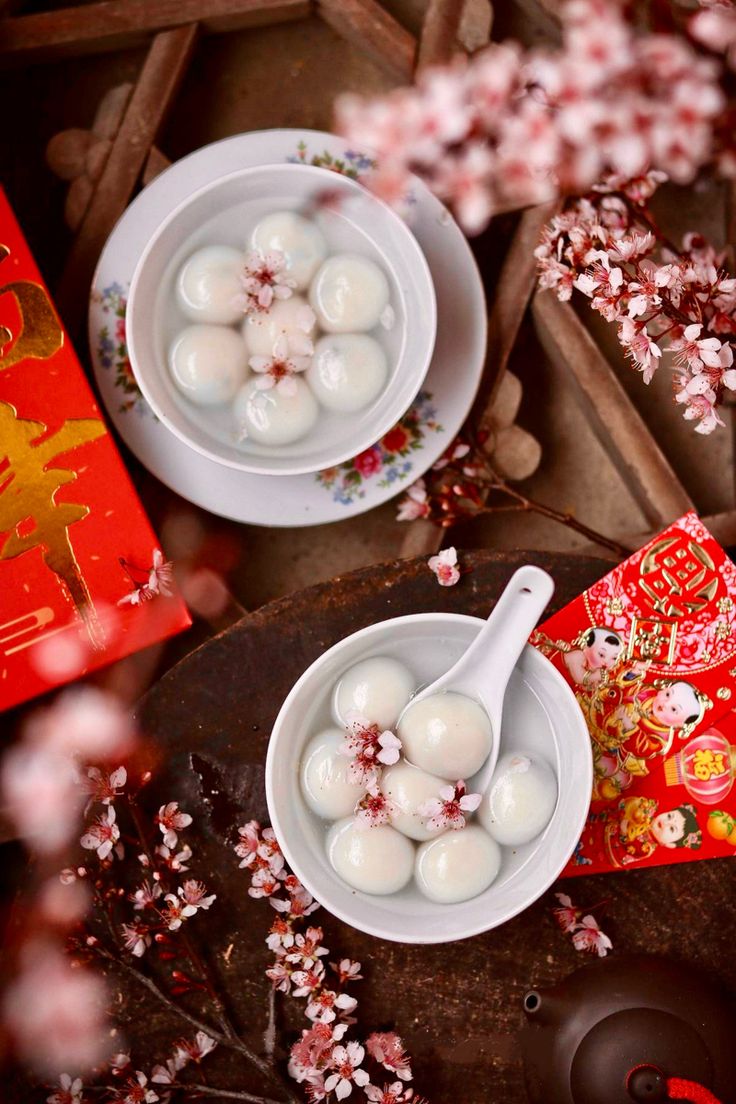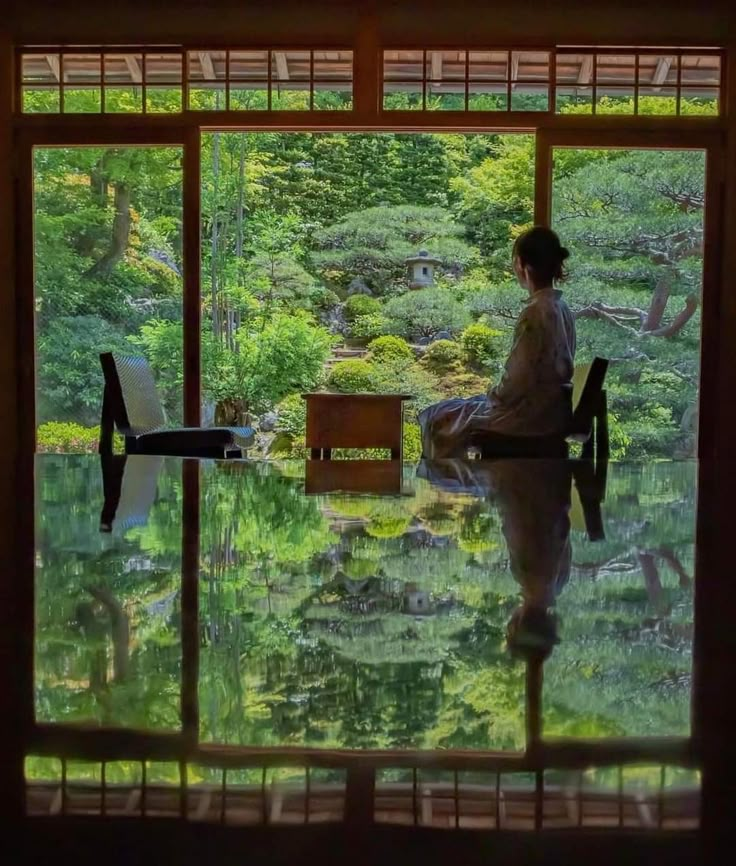1. Chang'e Runs to the Moon and the Millennium Watch of the Lantern Festival
In the records of ‘Gui Zang’ and Qu Yuan's ‘Heavenly Question’, the legend of ‘Chang'e Runs to the Moon’ has long been integrated into the collective memory of the Chinese nation [7]. Ancient people believed that after Chang'e took the elixir and ascended to the Moon Palace, the people prayed for her to bless the reunion on earth, so they lit lamps on the first full moon night of each year, not only to illuminate Chang'e's return journey, but also to express their longing for their separated relatives. This custom gradually evolved into the Lantern Festival ‘ten thousand lanterns reflecting the bright moon’ [7].

Interestingly, in the Tang Dynasty, Chang'an City was popular with a kind of ‘Moon Palace Lantern’ - craftsmen used bamboo gabions to tie into the shape of the moon wheel, built-in candles, and painted Chang'e, Jade Rabbit, and osmanthus patterns on the lamp. People carried moon lanterns to the market and guessed riddles, while children sang the ballad ‘The lantern lights up, the moon lady smiles, eat the dumplings for a good reunion’ [7]. This wisdom of integrating myths into festivals is similar to the way we innovate traditional food with barbecue tea seasonings today - guarding cultural roots and giving new meaning to the times.
2. Lantern Festival of Poetry on the Grand Canal: Fireworks in the Flow of Literary Veins
Tongzhou ‘Tell the Canal Story’ Cultural Salon has disclosed a set of precious historical materials: during the heyday of canal transport in the Ming Dynasty, merchants along the Grand Canal used to organize ‘Boat Lantern Poetry Festivals’[5] during the Lantern Festival. The merchant boats were connected at the head and the tail, and charcoal grills were set up on the decks to sell fresh fish from the canal; literati wrote poems in response to the lights on both sides of the river, and one of the poems written in the boat at the Lantern Festival is: ‘The fire trees and silver flowers are reflected in the blue waves, and there are many poems with the aroma and the wine’ [5]. This combination of food, literature, and festivals, and the contemporary ‘Lantern Festival Barbecue Party’ form an echo across time and space.

What is even more amazing is that the Qing Dynasty ‘Tongzhou Zhi’ records that the local people will be in the Lantern Festival night with peppercorns, tea, and coarse salt modulation ‘Canal Grill Material’, not only can get rid of the fishy but also let the food with a wisp of tea aroma [5]. This coincides with the modern barbecue tea seasoning ‘natural spices + tea essence’ recipe concept, confirming the eternal charm of the Chinese food culture's righteousness and innovation.
3. Resonance of the wisdom between Mencius' mother's three moves and the Lantern Festival's “walking away from all diseases”.
The story of ‘Meng's mother choosing her neighbors’ in the Three Character Classic is a household name [2], and what is less well known is that Zoucheng, the hometown of Mengzi, still retains a unique Lantern Festival custom: mothers will walk around the village with their children carrying lanterns, and along the way, they will pick up withered twigs, which symbolize ‘bad luck’, and finally put them into the bonfire to be burned. The mother will take the child to walk around the village with the lantern, picking up dead branches along the way, which symbolize ‘bad luck’, and finally put them into the bonfire to be burnt, which is known as ‘walking on the road of wisdom’ [2]. This ritual not only echoes the wisdom of Mencius's mother, who valued the environment as a means of nurturing people, but also implies the promise of ‘dispelling obscurity and welcoming light’.
Just as Mencius' mother moved three times in order to create a better environment for her children to grow up in, the choice of barbecue tea seasoning for modern families is also an active pursuit of healthy eating - the tea polyphenols in tea can reduce harmful substances such as benzopyrene produced by barbecue [combined with the need for health], and upgrade the traditional barbecue to a ’safe and delicious! ‘. This kind of wisdom that connects the ancient and the modern is the most touching vein of cultural heritage.

The New Life of Cultural Symbols: From Myths and Legends to Tongue Memory
Guangming.com has proposed ‘using cultural symbols to tell a good story of China’ [8], and the Lantern Festival is precisely a collection of such symbols: Chang'e legend carries the romantic imagination of the universe, dumplings wrapped in the family's code of continuity, the bonfire barbecue continues to mankind's primitive worship of ‘fire’. The bonfire barbecue is a continuation of the primitive worship of fire.
In Meishan, Sichuan Province, people will be Su Dongpo's ‘polygonum mushrooms, artemisia and bamboo shoots test spring plate’ poetry into the Lantern Festival - barbecue tea seasoning pickled bamboo shoots, polygonum, charcoal grilled with sesame dumplings, salty and sweet intertwined with a full display of the philosophy of ‘taste of the world is the joy of the pure’ [1]. The philosophical thinking of ‘the flavour of the world is pure joy’ [4]. This kind of creativity of injecting the spirit of literati into the daily diet is a good example of ‘living heritage’ of traditional culture.

China in the Story, Eternity on the Tip of the Tongue
From the ethereal legend of Chang'e running to the moon to the curling smoke of canal lanterns, from the good intention of Meng's mother's three relocations to the nursery rhymes of a moon lantern, the cultural genes of the Lantern Festival are always in the midst of ‘change and constancy’. When we use barbecue tea seasoning to add a new flavour to the traditional dumplings, we are also renewing the story of this era - let the millennium cultural lineage into the temperature of the tip of the tongue, so that every reunion has become a vivid scene of cultural heritage.
